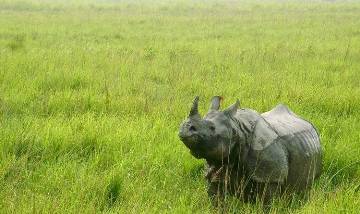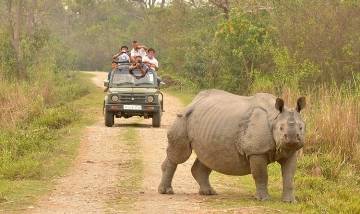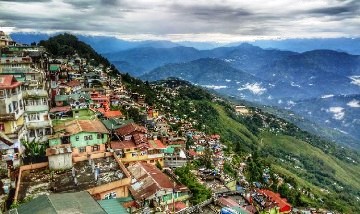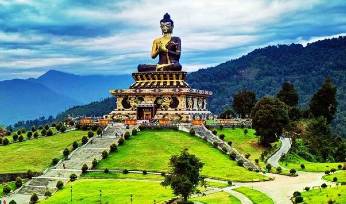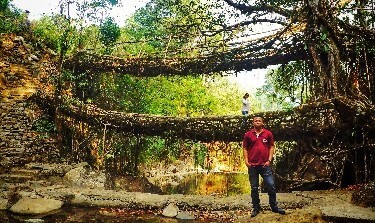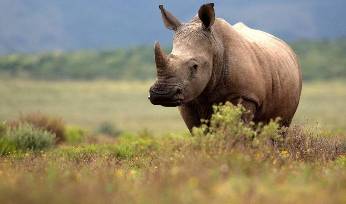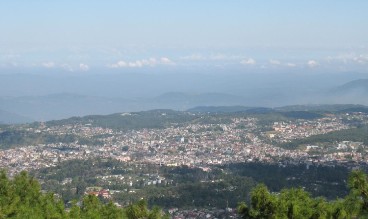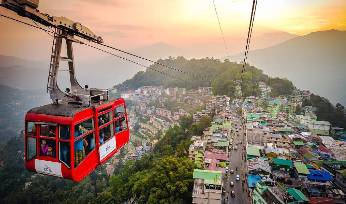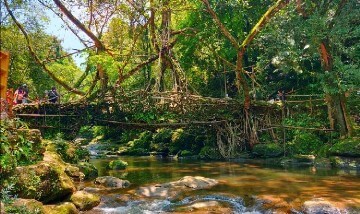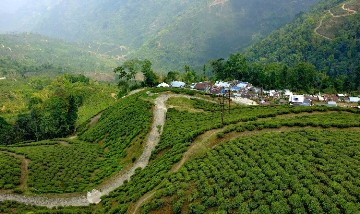Kaziranga National Park Tour
Kaziranga is a very beautiful place located in Golaghat and Nagaon district of Assam state of India. This place is completely dedicated to tourism. The beauty of this place attracts tourists.
History of Kaziranga
The name 'Kaziranga' is deeply rooted in local folklore. Legend speaks of a young couple, Kazi and Ranga, whose love was met with opposition. Unable to bear the separation, they disappeared into the forest, leaving behind a legacy that would be immortalized as Kaziranga. This tale not only adds a touch of romance to the park but also showcases the deep cultural ties of the region.
A Sanctuary of Biodiversity
Kaziranga's expansive 430 square kilometers is a mosaic of elephant-grass meadows, swampy lagoons, and dense forests. It is home to over 2200 Indian one-horned rhinoceroses, which is approximately 2/3rd of their total global population. The park's inception in 1908 was a result of Mary Curzon's efforts, who, upon failing to spot a single rhinoceros during her visit, urged protective measures for this dwindling species.
But the rhinoceros is just the tip of the iceberg. Kaziranga is a breeding ground for elephants, wild water buffaloes, swamp deer, and even tigers. Recognized as a Tiger Reserve in 2006, the park has seen a steady increase in its tiger population. Moreover, it's an Important Bird Area, with migratory birds from Central Asia gracing the park during winter.
Nature's Canvas: Flora and Fauna
The park's topography, influenced by the Brahmaputra River, showcases a variety of vegetation types, from alluvial inundated grasslands to tropical semi-evergreen forests. Trees like Kumbhi, Indian gooseberry, and elephant Apple dot the landscape. The aquatic flora in the park's lakes and ponds adds another layer to its rich biodiversity.
Kaziranga's fauna is equally diverse. Apart from its famed rhinoceroses, the park shelters Hoolock Gibbons, leopards, Indian elephants, and sloth bears. The park's status as a Tiger Reserve further underscores its importance in wildlife conservation.
Exploring Kaziranga: Safaris and More
For those keen on exploring the park, jeep and elephant safaris offer an intimate experience of Kaziranga's wilderness. Morning and afternoon jeep safaris are available, while elephant safaris provide a unique vantage point during the early hours.
Jeep Safari Schedule:
- Morning Session: 8:00 AM to 10:00 AM
- Afternoon Session: 2:00 PM to 4:00 PM
Elephant Safari Schedule:
- First Morning Session: 5:30 AM to 6:30 AM
- Second Morning Session: 6:30 AM to 7:30 AM
Diverse Safari Zones:
Covering a vast expanse of 430 sq km, Kaziranga is a melting pot of biodiversity. The park is strategically divided into four distinct zones, each offering a unique blend of landscapes, flora, and fauna. These zones are characterized by their unique grasslands, varying densities of wildlife, and distinct terrains. Here's a glimpse into the safari circuits:
- Central Range: Mihimukh at Kohora
- Western Range: Bagori
- Eastern Range: Agaratoli
- Burapahar Range: Ghorakati
Each of these zones offers a distinct perspective of Kaziranga's rich biodiversity, ensuring that every safari is a unique experience.
When to Visit
Kaziranga experiences heavy rainfall, leading to its closure from May to October. The winter months, from November to February, offer the best conditions for a visit. The mild and dry climate during this period enhances the chances of spotting wildlife, especially with the clearer backgrounds resulting from grass burn-offs.
Beyond the Park: Nearby Attractions
While Kaziranga is the primary attraction, the surrounding region offers additional sites of interest:
- Orang National Park: Located 114 kms away.
- Hoollongapar Gibbon Sanctuary: A haven for the Hoolock Gibbons.
- Addabarie Tea Estate: Experience Assam's tea culture.
- Kakochang Waterfall: Located 46 kms away, it's a serene picnic spot.
- Deopahar: 51 kms away, it offers a glimpse into the region's history.
For those on extended trips, destinations like Shillong, Guwahati, Dibru-Saikhowa National Park, Nameri National Park, and Manas National Park are worth exploring.
Accommodations in Kaziranga
From luxury resorts to forest department-maintained rest houses, Kaziranga offers a range of accommodations. Many hotels offer 'Jungle Plan' packages, which include full-board accommodations, park fees, and safaris. It's advisable to book in advance, especially during the peak season from November to April.
Kaziranga National Park is more than just a wildlife sanctuary; it's a testament to nature's grandeur and mankind's commitment to conservation. With Tusk Travel, embark on a journey that promises not just sights and sounds, but a deeper connection with nature's wonders. Join us, and let's create memories that will last a lifetime.

